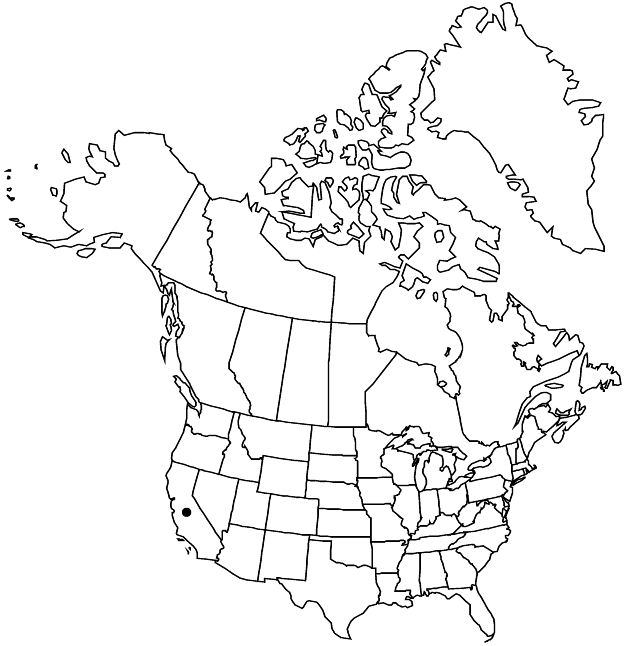Difference between revisions of "Cistus psilosepalus"
Cistineae, plate 33. 1826.
Introduced
imported>Volume Importer |
imported>Volume Importer |
||
| Line 53: | Line 53: | ||
|publication year=1826 | |publication year=1826 | ||
|special status=Introduced | |special status=Introduced | ||
| − | |source xml=https:// | + | |source xml=https://bitbucket.org/aafc-mbb/fna-data-curation/src/2e0870ddd59836b60bcf96646a41e87ea5a5943a/coarse_grained_fna_xml/V6/V6_720.xml |
|genus=Cistus | |genus=Cistus | ||
|species=Cistus psilosepalus | |species=Cistus psilosepalus | ||
Latest revision as of 22:23, 5 November 2020
Shrubs to 10 dm. Leaves sessile; blade 3-veined from base, oblong-ovate to oblong-linear, (15–)30–60+ × (5–)10–20+ mm, margins not notably revolute, usually ciliate. Inflorescences usually corymbiform cymes, sometimes solitary flowers; pedicel 5–15+ mm. Flowers: sepals 5; petals white, 15–25 mm; styles 0–0.5 mm. Capsules 5-locular. 2n = 18 (Europe).
Phenology: Flowering May–Oct.
Habitat: Disturbed sites, abandoned plantings
Elevation: 10–50 m
Distribution

Introduced; Calif., s Europe, n Africa.
Discussion
Plants of Cistus psilosepalus have been mistakenly identified as C. monspeliensis.
Cistus psilosepalus is known from the north coast area in California.
Selected References
None.
Lower Taxa
None.